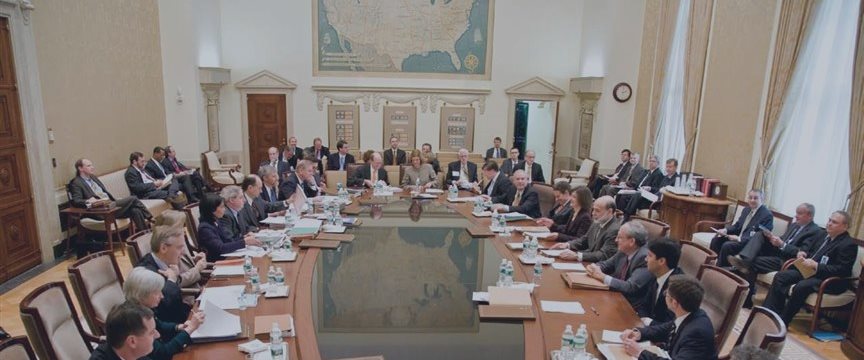
December hike probability increased to 72% after Fed minutes
The minutes of the latest Federal Open Market Committee meeting released on Wednesday showed a wide support for the decision to include a reference to the next meeting in the statement. However, members generally agreed it was prudent to wait to hike rates until it had more information.
Following the remarks, the CME Group's Fed Watch increased the possibility of a December rate hike by eight points to 72% on Wednesday. The benchmark Federal Funds Rate has remained at its current level between zero and 0.25% for nearly seven years since December, 2008.
Three policymakers from the Federal Reserve signaled further that the U.S. Central Bank will increase short-term interest rates when the committee gathers at a meeting in mid-December.
Atlanta Fed president Dennis
Lockhart, appearing on a panel alongside New York Fed president William Dudley
and Cleveland Fed president Loretta Mester, said that disruptions in the global financial markets
have subsided enough for the U.S. central bank to strongly consider a rate hike in
December.
"I am comfortable with moving off zero soon, conditioned on no marked deterioration in economic conditions," Lockhart said at the Clearing House Payments System Risk Symposium in New York. "I believe it will soon be appropriate to begin a new policy phase."
Mester suggested that conditions in the economy have improved enough to stand a modest rate increase. The president of the Federal Reserve of Cleveland does not own a vote at the December meeting, but she will regain one in the Fed's next cycle.
Dudley said he does not expect to see any unpredictable market reactions when the Fed finally decides to normalize policy since the potential move has been so well-documented in recent weeks. The New York Fed has a number of measures at its disposal to help adjust the borrowing costs once the decision is made.
A part of the discussion was also devoted to the issue of what the central bank should do if the economy turned worse.
The discussion seems to suggest that a replay of so-called
quantitative easing, better known by the acronyms QE1, QE2 and QE3, will not be considered.
However, the Fed did not outright reject the initiation of another round of bond purchases, but policy-makers made clear they were looking for new tools.
In a lengthy discussion about the so-called equilibrium level of real interest rates, the minutes of the October Federal Open Market Committee, released Wednesday, say that "some participants" suggested it would be prudent to have more policy tools if cutting interest rates were not sufficient to stimulate the economy.
However, the committee now has other things to consider. At the September meeting, it showed deep concerns over global developments. The attacks Friday in Paris and escalation of the global war against terror will have to be assessed by Yellen and Co.
"This is about as hawkish as you're reasonably going to see from the Fed considering it came out before the last jobs report," said Brad McMillan, chief investment officer of Commonwealth Financial Network. "On balance, things are much better. I don't see any signs of dovishness."
McMillan highlighted the frequent use of "solid" in the minutes — 11 times, to be exact — that shows where the Fed officials' thinking resides.
"At this point, the Fed has more or less said in the minutes that if things continue to be the way they seem now or improve, December is very much on track," he said.


